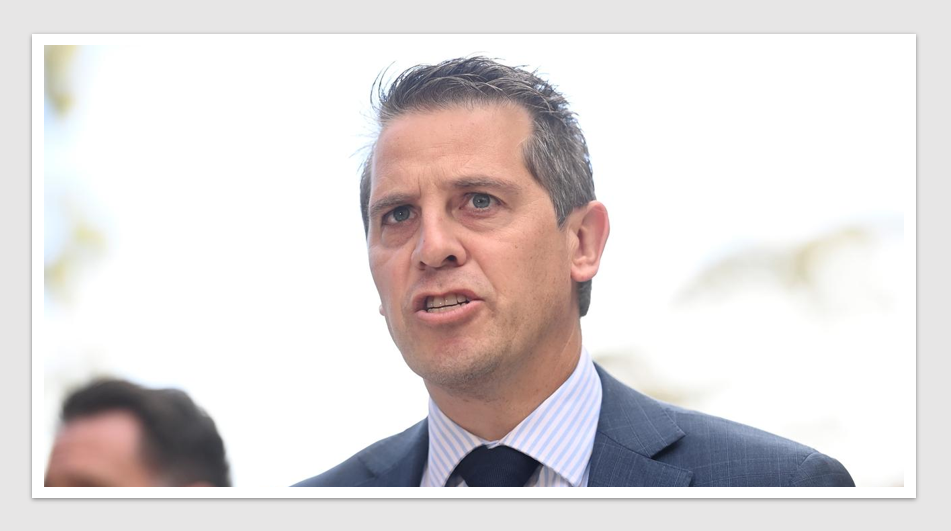Human Resources
85% of employers show pay gaps in favour of men

Human Resources: The latest data on gender equity has revealed mixed outcomes from workplaces, with the results barely making inroads on the overall persistent and sizeable pay gaps, and decision-making structures still dominated by men.
Workplace Gender Equality Agency (WGEA) Director Mary Wooldridge said despite small improvements in the data, about 85% of employers still posted pay gaps in favour of men, and there are pay gaps across every industry and occupation.
“From the very top-down, women are undervalued in Australian businesses and underrepresented where decisions are made,” Mary Wooldridge said.
WGEA’s new gender equality insights are from the 2020-21 census on gender equality for employers with 100 or more employees.
Ms Wooldridge said the Agency’s eighth year of gender equality reporting does show employers have increased their support across areas like flexible work, paid domestic violence leave and parental leave, but also highlights the concerning absence of women’s voices in the workplace where it matters most.
“Our latest insights show this pattern clearly: 22% of all boards still don’t have a single woman in the room; and about ¾ of all boards have a vast majority (over 60%) of men. Of those heavily male-dominated boards, only 12% have set a target to increase the representation of women, and on average that target is only 35% – not even what is generally considered a balanced board,” she said.
Less than 1 in 5 CEOs are women, however with 47% of managerial promotions going to women, for the first time women now account for over 4 in 10 (41%) of all managers (up from 35.9% over eight years).
“There need to be clear pathways for women to work in the right line roles so they can take the next step to leading organisations. Research we conducted with the Bankwest Curtin Economics Centre (BCEC) found that we will not see gender parity at CEO level for another 80 years on current rates of progress.”
“The data and research have established a clear business imperative: having more women in key decision-making positions delivers better company performance, greater productivity and greater profitability as well as improved gender equality,” Ms Wooldridge said.
The financial ramifications of the under-representation of women in senior roles are highlighted in women’s and men’s average earnings across the workforce.
You may also like: Amgen’s cross-generational collaboration to inspire new thinking
For the first time in the 2020-21 WGEA Scorecard on Gender Equality, these earnings have been mapped across four pay quartiles from the highest to lowest-paid workers.
“New WGEA analysis shows men are twice as likely to be highly paid than women in Australia, with salaries of $120,000 or more, while it’s virtually the reverse for women, who are substantially overrepresented at the bottom level of all earners.”
While Australia’s total remuneration Gender Pay Gap between men and women has narrowed slightly to 22.8% (down 0.5% since 2019-20), this represents a substantial difference in take home pay of $25,792.
Individual company progress is mixed – with 42% of organisations making some progress towards reducing the size of their pay gaps during 2020-21, and 37% reporting an increased gap.
The three industries with the biggest pay gaps are Construction (30.6%), Financial and Insurance Services (29.5%), and the Professional, Scientific and Technical Services (24.7%) industries.
Despite the high ranking, the Finance industry has seen one of the strongest reductions over time, reducing its gender pay gap by 9.2pp over eight years. It’s no coincidence that this industry also has the highest proportion (76%) of organisations who have conducted pay gap audits.
“Nealy half of employers who did a pay audit took no subsequent action, many believing the gaps identified are explainable or justified. However, just because a pay gap is understandable doesn’t mean it’s right: action can and should be taken,” Ms Wooldridge said.
Ms Wooldridge said further research by BCEC and WGEA found that more women in leadership positions is associated with declining gender pay gaps, and that actions to correct gender pay gaps were three times more effective when combined with reporting to the Executive or Board.
“Organisations that are transparent and accountable with their pay gap audits saw an average reduction of 3.3 percentage points in their organisation-wide gender pay gap in one year.
“We applaud employers who are taking their pay gap accountability even further – and reporting this data in their public reports or on their websites.”
The WGEA Director said this year’s dataset gives a point-in-time snapshot of how employers were responding during the pandemic, capturing the aftermath of the first wave of COVID in 2020, up to the time just before the second wave in mid-2021.
“Employers have responded to COVID challenges and increased their support for staff in their caring roles and for their personal circumstances: we’ve seen an increase in flexible work policies and approval rates; paid domestic violence leave is now offered by more than half of organisations – a massive four-fold increase since 2015-16, and 3 in 5 employers are now offering paid parental leave.
“These policies and practices are no longer just the right thing to do. They actually set employers apart and act to attract the talent they need for their businesses in a tight talent market.”
Ms Wooldridge said employers are encouraged to find and compare how their organisations are tracking using the Agency’s new data visualisation tool.
“This is a chance to measure your organisation’s gender pay gap against your industry’s trends or see how you’re your workforce composition and policies and strategies for recruitment and promotion shape up against the competition. Because if you’re not making progress on these things, your employees may realise there are others who are and vote with their feet.”
News & Trends - MedTech & Diagnostics

Pathology reforms: Frozen fees, windfall gains, and the fight for bulk-billing
Diagnostics & MedTech News: For nearly a quarter-century, pathology fees have remained stagnant, a situation deemed patently unfair by Australian […]
MoreNews & Trends - Pharmaceuticals

Call for coordinated policy and cross jurisdiction funding in chronic disease
Pharma News: The life expectancy of Australians is still rising, however the increased prevalence of chronic conditions and co- and […]
MoreNews & Trends - MedTech & Diagnostics

Expansion of hospital services for patients in NSW Macarthur region
MedTech & Diagnostics News: Marking a historic milestone with NSW Deputy Premier Prue Car and Health Minister Ryan Park, Campbelltown […]
MoreNews & Trends - Biotechnology

Superiority of cell-based flu vaccine revealed in RWE study
Biotech News: Vaccines stand as the primary strategy to mitigate the considerable morbidity, mortality, and economic burden associated with influenza. […]
More